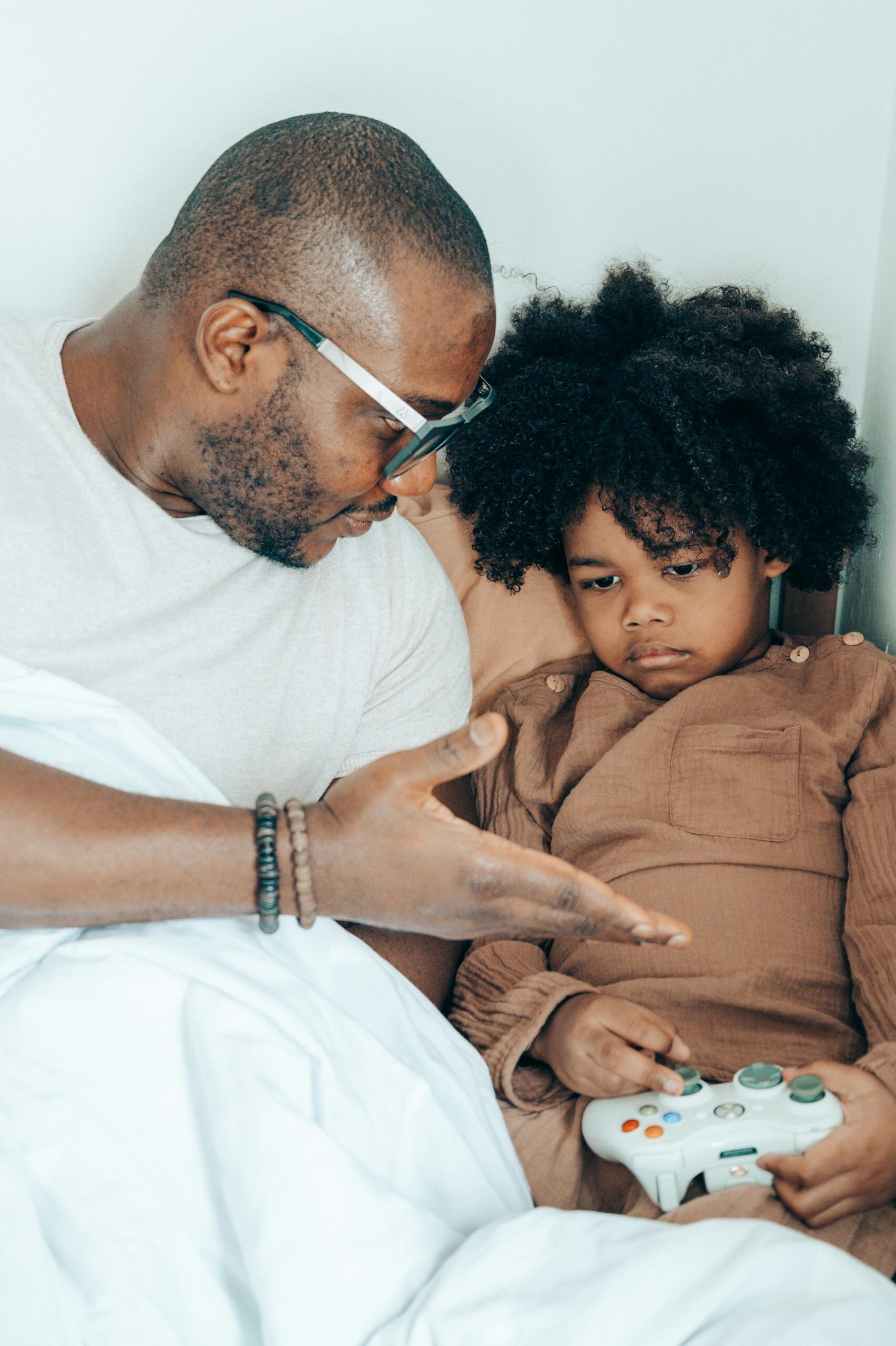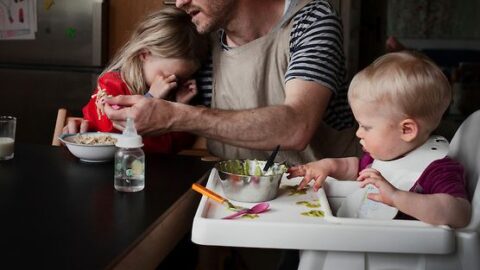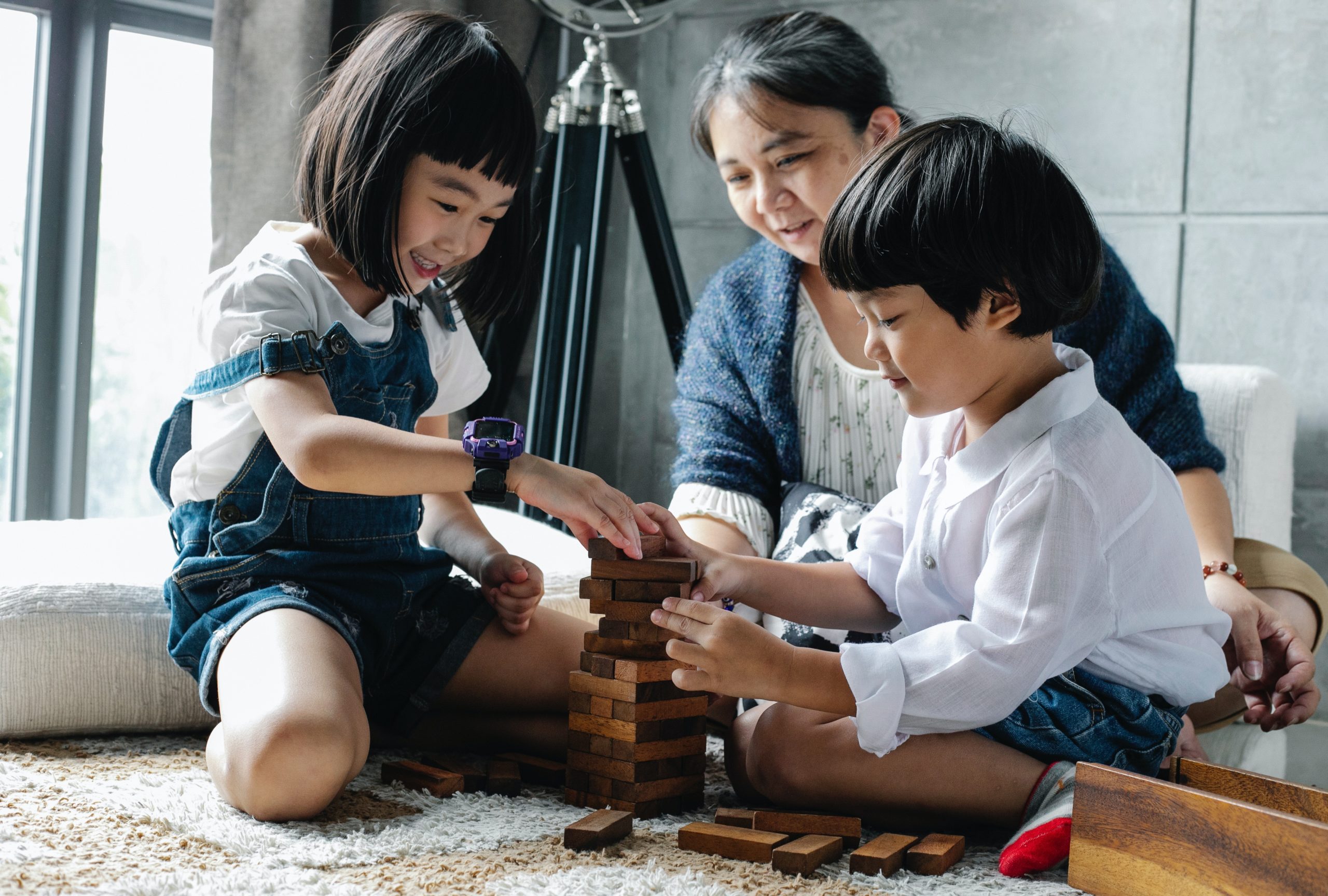 When the parent working away from home arrives home, children can strongly favour being with one parent and the other parent can feel very sad, insecure and rejected.
When the parent working away from home arrives home, children can strongly favour being with one parent and the other parent can feel very sad, insecure and rejected.
It’s very understandable that the parent who has been caring for the child all day needs some space from their child when their partner returns, but the child often rejects their returning parent and demands to be cared for by their stay-at-home parent. Quite likely, the child in this situation feels currently more connected to and engaged with the parent who’s been at home. The parent whose been away can feel rejected and it’s easy for the disconnection to become even bigger.
Equally likely, it’s often the parent that spends less time with the child who always seems to be the preferred parent, which can equally bring up feelings of rejection, hurt, insecurity and confusion, sometimes resentment, in the parent who may feel that they’re doing the hard yards of child-rearing but feels the least popular. This is equally understandable, as the child may well feel that their love tank needs a lot of filling. In either situation, if a child picks up that one of their parent is really desperately needing space and resisting spending time with the child, this can greatly exasperate, or indeed create, this kind of dynamic. Parenting seems to present so many difficult cycles and dynamics like this. The more overwhelmed the parent is, the more the child tends to become either overly clingy or rejecting in their attempt to communicate their needs, so hard for parent and child alike!
Feeling rejected, a parent can become overly snappy and demanding or the other extreme of acting needy and trying to win their child’s sympathy and affection by showing how sad and rejected they feel. Neither approach helps a child reconnect. Either approach exasperates the power struggle. It’s very important that we parents give our children the message that they’re allowed to feel what they feel and it’s our job to help them work through those feelings if those feelings are causing THEM to feel conflicted, sad or confused. It’s very important for parents to accept that their child isn’t aiming to hurt their parent’s feelings, and that it’s not their job to make us feel liked, loved and secure. If a child becomes aggressive or rude in their expression of preferring the other parent, a limit can be expressed in a way that aims to guide their child to express their feelings more appropriately, while affirming that it’s ok for them to feel what they feel.
You might also like to read “Go Away! What to do when your child won’t let you connect“
Children often need some time to adjust and reconnect and adjust from being with one parent to being with both. That time of adjustment needs to ideally be relaxed and not pressured with tasks. It can be helpful if the child receives a little advance warning that the parent whose returned home is going to take them away from the parent they’re currently feeling more attached to; “after I’ve had my cup of tea, we’ll go to the bathroom to run your bath and put your bath toys in the bath”. It’s hard for a parent returning back to the house not to launch into all that clearly needs to be achieved. Yet children often need for things to move at a slower pace, especially during transitions.
The stay-at-home parent often feels very torn and upset as their child needs them again just when they thought they could get on with other things or have a much-needed rest. Both parents can become highly stressed and reactive in this situation and it can all too easily result in a lot of tension or even arguments between parents. The stress of their parent’s arguing can lead to the child associating their parent coming home with disharmony, causing them to feel even more resistant the next time.
Avoiding being the martyr. It’s tempting to submit your needs to meet your child’s requests while feeling very resentful and even passive-aggressive. You may need to help your child and maybe also help your partner to make the transition to reconnecting, but the more confident you are about a positive outcome, the more you can transfer that confidence to your child. It can also be tempting to vent your frustrations at your partner. Venting is a way of offloading frustrations and is a very relevant need, yet we need to be skillful about meeting this need, or it can sadly lead to increased tensions. And when a child hears their parents argue, especially when it relates to them, it can make them more insecure and clingy, and put them in the position of (be it unconsciously) feeling they have to chose which side they’re on. So, if this is an ongoing source of stress for you, think about where you can gain some support, or organize some uninterrupted time with your partner to problem-solve together.
Help your child identify what they’re feeling. Having been tuned in to your child all day, you might be able to help your child show their feelings and needs by asking some leading questions like “are you feeling sad about dad taking you for your bath because you want to stay close to me?” It’s easy for parents to feel annoyed and intolerant of a child’s resistance when there’s a lack of understanding, hence empathy, about the feelings beneath the resistance. So helping a child express those feelings can potentially make it easier for both parents to tune in to the child’s emotional needs, which often brings about a gentler approach.
It’s not what we say, it’s the way that we say it. You’re unlikely to be successful if you criticize your partner and tell them what you think they’re doing wrong. However, you’re more likely to have success if you tell them that when they take over looking after the child and they become snappy, that you feel stressed because you’re predicting that within minutes your child is going to demand that you look after them again. You can perhaps kindly and diplomatically ask your partner to support your need to have a bit of space by taking the time to re-connect with your child before trying to achieve that which is on the getting ready for bed to-do list or any other to-do list.
Showing our true feelings and expressing our needs clearly without blame or criticism gives the other person insight into our world and invites them to support us without having to deal with the stress of feeling criticized or coerced.
Active listening. Practicing active listening gives a child plenty of space, permission and support to offload their sadness or frustration relating to the transition, helping them feel more balanced again. If either parent, or preferably both, give some time to become truly present, patient and empathetic towards their child’s upset, show your child that you really do get that this is hard for them, this can greatly help the child’s transition. More commonly, parents tend to try and talk their child out of their upsets. Yet, when a child feels understood and that their feelings are cared for, they tend to relax and become more flexible. You might say to your child for instance; “oh are you missing mum a little bit? Is it hard for you that I’m getting you ready for bed when you want to be with mummy? Oh honey, that IS hard isn’t it, do you want a big bear hug, would that help?” Or make it playful; “how about we run to the kitchen together and ask mum for a big cuddly see you soon hug before I get you ready for bed, will we run, skip or do you want a piggy back ride?”
It can greatly ease the transition if both parents and child/ren hang out together for a while before proceeding with the routine.
Play. And then there’s being silly, goofy and playful which rarely doesn’t dissipate a power struggle and invite a child back into connection and can also provide the opportunity for a lot of stress releasing laughter for parent and child! A game that seems to nearly always help shift any stuck dynamic relating to a child overly preferring one parent (to the extent where it has become a big issue) is for both parents to pretend to fight over their child; “hey you can’t have him, I want him”, “No!! I want him, he’s mine!”, “I got him first!” as both parent try to physically take the child away from the other. It’s always important to be sensitive to our child’s reaction, but assuming your child is really getting into the game and loving it, this one often ends up with both parents and child physically rolling around together, or one parent running away with the child and the other parent pulling the child out of the parent’s arms. There are many variations to this one and you can be creative, but the original idea wasn’t mine, I’m pretty sure it was one of the very many gems that I learned from Larry Cohen’s Playful Parenting book. Which I highly recommend Aletha Solter’s Attachment Play for lots of therapeutic play ideas.
Parents also need time to adjust. If you are the parent returning back to the family after some time away, you may need time to adjust and shift gear from one world to another. Taking a few minutes to sit in the car or go for a stroll somewhere in or near nature before you get home with the conscious intention of winding down and leaving behind whatever you’ve been engaged in can make it easier to become truly present and more patient when you return home. Or maybe you need to sit and unwind with a cup of tea once you get home.
Making a plan that both parents are happy to agree to. Recognizing that reconnecting at the end of a long day can be a challenging transition for most parents and children paves the way to discuss and explore some strategies that might help to meet all the needs. As a child gets older, they can get involved in conversations about how things might work better. Kids are generally more enthusiastic about the plans that they’ve been involved in creating.








